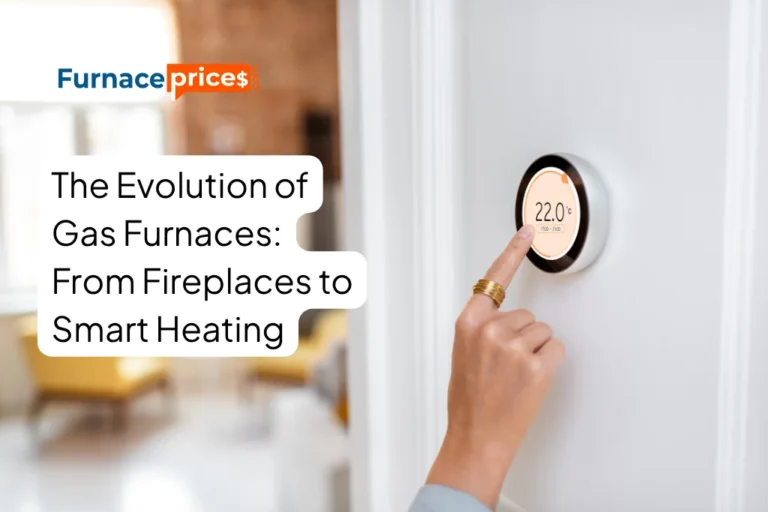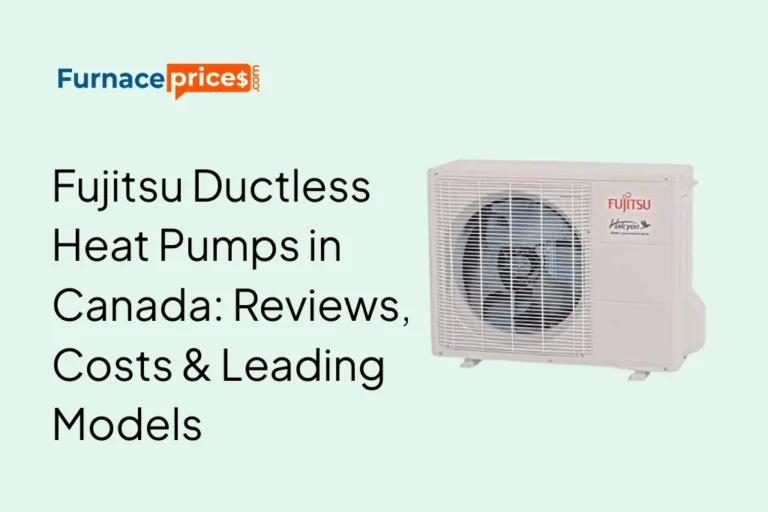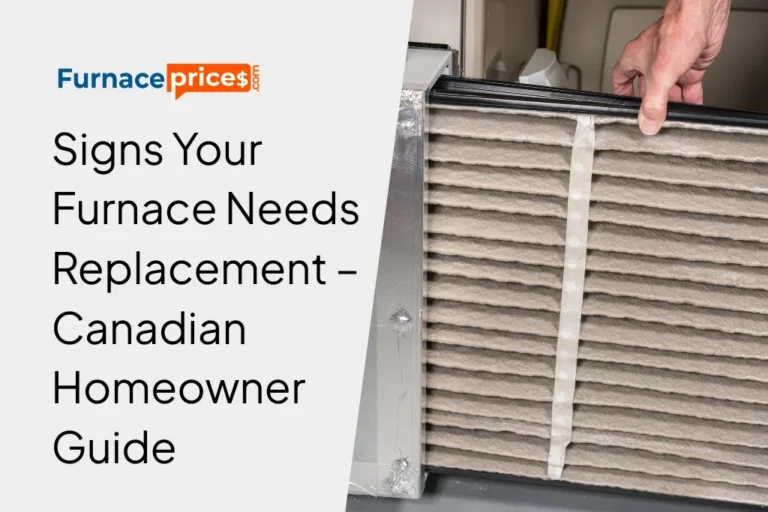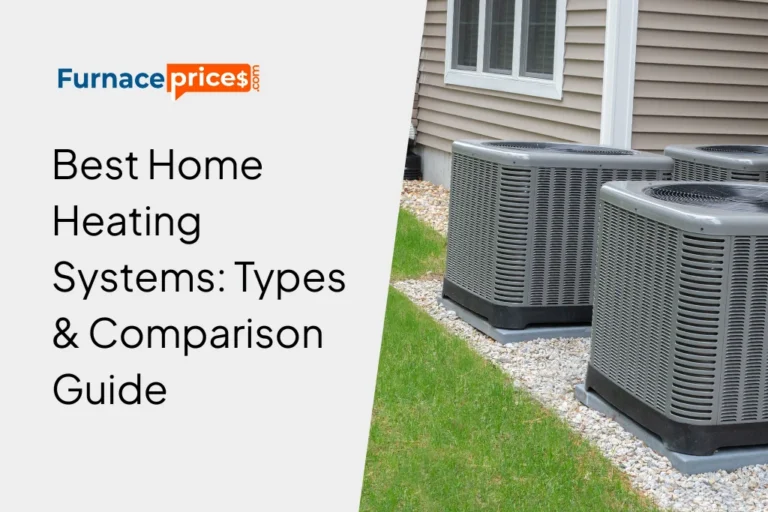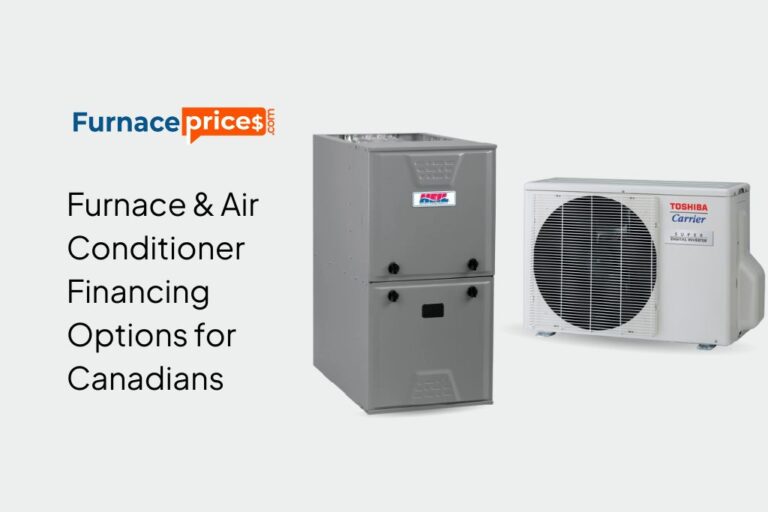7 Things to Check if Your Furnace Stops Working
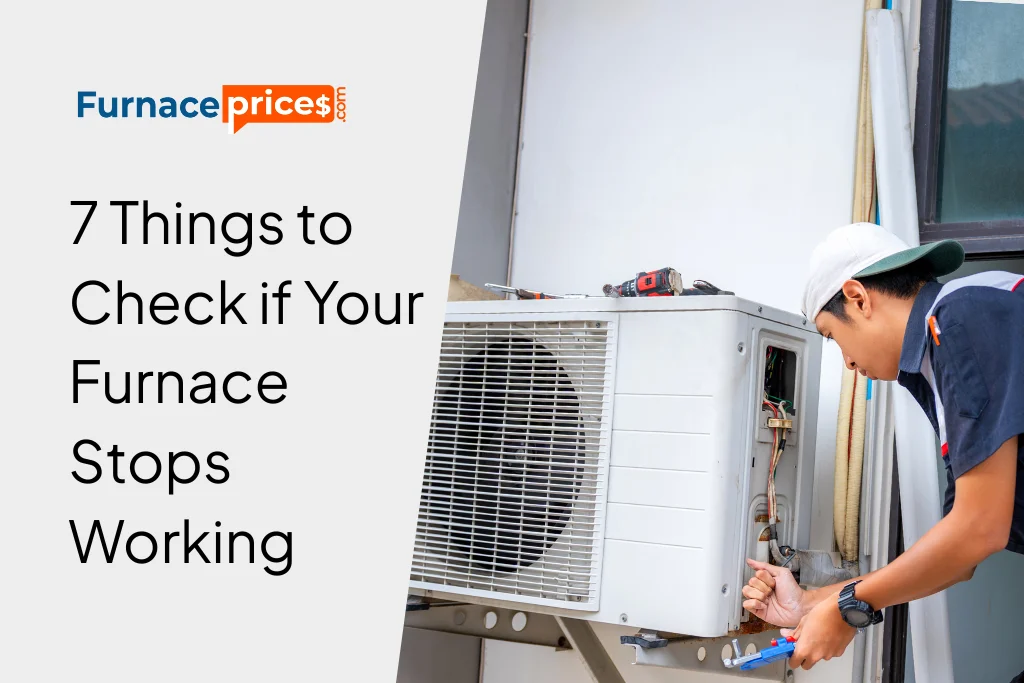
What to Do When Your Furnace Stops Working
During Ontario’s long winter months, your furnace is one of the most essential appliances in your home. A well-functioning furnace provides consistent heat to keep your family comfortable during the coldest days of the year. But what should you do if your furnace stops working?
A non-functioning furnace can quickly become an urgent issue. Without heat, indoor temperatures can drop rapidly, increasing the risk of frozen pipes, property damage, and even health concerns. Understanding how to troubleshoot and address furnace issues can help you respond quickly—and sometimes fix the problem without needing a professional.
Why Has My Furnace Stopped Working?
Several factors can cause a furnace to stop working. Some of the most common include:
- Clogged air filter
- Faulty safety switch
- Debris on the burners
- Issues with the gas line
- Tripped breaker or blown fuse
These examples represent typical problems caused by parts wearing down over time. A clogged filter, a malfunctioning safety switch, or other deteriorating components can prevent your furnace from producing adequate heat.
Your furnace may also fail due to problems with electrical connections or gas supply. If you haven’t recently checked your home’s electrical or gas lines, it’s worth verifying these connections to ensure the furnace is receiving power and fuel.
Certain safety issues—like a gas leak or carbon monoxide leak—can trigger an automatic furnace shut-off. These situations require immediate professional attention, as furnaces may be tagged or disabled to prevent unsafe operation.
It’s also worth noting that some older furnaces may simply be reaching the end of their lifespan. Most gas furnaces last between 15–25 years, while electric furnaces can last slightly longer. If your furnace has had frequent issues in the past or shows signs of corrosion or unusual wear, replacement may be more cost-effective than repeated repairs.
What to Check if Your Furnace Stops Working
Before calling a repair technician, there are a few steps you can take to identify the problem. If you’re not confident handling any part of your furnace, a licensed HVAC professional is always the safest choice.
1. Ensure the Furnace is Powered On
The first step is to confirm that your furnace is actually turned on. It may seem simple, but many homeowners assume their furnace is broken when it’s simply switched off.
Check that the furnace’s power switch is on, and ensure it is properly connected. Gas furnaces must be securely connected to the gas line, and electric furnaces need to be connected to the electrical supply.
Additionally, some furnaces have a secondary switch or safety mechanism near the unit that could be in the off position. Ensure all switches are properly set and circuit breakers are in the correct position. Sometimes, the issue can be as simple as a tripped breaker.
2. Inspect the Air Filters
Furnace filters protect your system from dust, pet hair, and other debris that can enter through the return air ducts. Over time, filters can become clogged, restricting airflow and reducing heating efficiency.
If your furnace is producing less warm air than usual, clogged filters could be the culprit. Replacing or cleaning your filters is a quick, cost-effective step that often restores proper function.
It’s also worth noting that poor indoor air quality can affect your family’s health. Dusty filters or blocked airflow can aggravate allergies and respiratory issues. Changing your filters regularly not only maintains furnace performance but also contributes to a healthier home environment.
3. Check for Debris in Exhaust Vents
Gas furnaces generate exhaust gases—including potentially dangerous carbon monoxide—that must be safely vented outdoors. This is done through a flue or chimney connected to the furnace.
Blockages, leaks, or damage to the venting system can prevent safe operation. Look inside the combustion chamber for residue, wet patches, or water runoff. If you notice any issues, call a professional immediately.
Keep in mind that animals and birds sometimes nest in vent pipes or chimneys during colder months. Even minor blockages can prevent proper venting and pose safety risks. A quick inspection at the start of winter can prevent serious problems later.
4. Examine the Safety Switch
The safety switch is designed to prevent overheating by shutting off the furnace if it becomes too hot. Over time, the switch may become overly sensitive or fail to respond properly.
If your furnace shuts down frequently despite no apparent overheating, a faulty safety switch may be responsible. Replacing the switch usually resolves the issue, and this can be done by a qualified professional—or by a confident homeowner following manufacturer instructions.
It’s also helpful to know that repeated tripping of the safety switch could indicate other issues within the furnace, such as blocked airflow, dirty burners, or malfunctioning blower motors. Addressing the root cause, rather than only replacing the switch, will ensure long-term reliability.
5. Replace Thermostat Batteries
Sometimes the furnace problem isn’t with the furnace at all. Thermostats rely on functioning batteries to communicate with your furnace. If batteries are dead or low, your furnace may not receive the signal to turn on or off.
In addition to battery issues, ensure that your thermostat is properly calibrated. Thermostats that misread room temperature may cause the furnace to run intermittently or not at all. Some modern digital thermostats may also require software updates or a reset after a power outage.
6. Check for Unusual Sounds or Smells
Before calling a professional, pay attention to any unusual sounds or odors coming from your furnace. Rattling, banging, or hissing noises can indicate loose parts, debris in the blower, or gas leaks. Strange smells, such as burning or chemical odors, may indicate wiring problems or blocked exhaust vents.
These observations can help a technician diagnose the issue more quickly, potentially saving you time and repair costs.
7. Contact a Professional
If all basic checks are in order and your furnace still isn’t working, it’s time to call an HVAC technician. Licensed professionals can quickly diagnose problems, perform repairs, and recommend cost-effective solutions.
Attempting complex repairs without proper training can make problems worse. A professional can also help with warranty claims, ensuring that defective parts are replaced safely and efficiently.
Maintaining Your Furnace
The best way to prevent furnace breakdowns is through regular maintenance. Proper care can extend the life of your system and reduce the risk of emergency repairs.
Regular Filter Replacement
Changing your furnace filters regularly is one of the easiest maintenance tasks. Clean filters improve airflow, maintain heating efficiency, and reduce wear on furnace components. Most Canadian homes should replace their filters every three months, although high-use periods or homes with pets may require more frequent changes.
Schedule Professional Furnace Maintenance
Professional maintenance is essential to keep your furnace operating safely and efficiently. HVAC technicians can detect issues that aren’t obvious to homeowners, including:
- Carbon monoxide leaks
- Faulty safety switches
- Wear on burners or heat exchangers
Gas-burning furnaces produce carbon monoxide, which can accumulate if the system is not properly maintained. Carbon monoxide poisoning can cause headaches, dizziness, nausea, and in extreme cases, death. Regular inspections and maintenance prevent these risks, ensuring your home remains safe during winter months.
Regular maintenance may also include lubricating moving parts, checking the pilot light or ignition system, inspecting ductwork for leaks, and testing safety controls. These steps ensure your furnace operates efficiently and avoids costly emergency repairs.
Additional Maintenance Tips
- Check venting and flues: Ensure nothing is blocking exhaust pathways.
- Inspect electrical connections: Look for loose wires or tripped breakers.
- Monitor airflow: Unusual airflow may indicate duct or filter problems.
- Keep the area around the furnace clean: Clutter or stored items can block airflow or create fire hazards.
Routine maintenance may involve some costs, but it’s minor compared to emergency repairs or replacement and gives you peace of mind that your furnace will operate reliably.
For more information on energy efficiency standards and incentives in Canada, visit Natural Resources Canada.
When in Doubt, Call a Professional
The key takeaway is this: if you’re unsure, always contact a licensed furnace technician. While some troubleshooting can be done safely at home, professional expertise is invaluable for complex issues.
A trained HVAC professional can handle everything from clogged filters and duct inspections to full furnace repairs or replacements. They also provide guidance to prevent future issues, helping your system run efficiently for years to come.
Never take furnace problems lightly. Attempting repairs without experience can be dangerous, especially with gas or electrical components. Always prioritize safety and rely on a professional when needed.
Even seemingly minor issues, like a slow-starting furnace or short heating cycles, can indicate underlying problems. Early professional intervention can prevent small issues from becoming expensive repairs or safety hazards.
📞 Have questions? Contact us or email us at contact@furnaceprices.com.
✅ Start comparing today and make the right choice with confidence!


